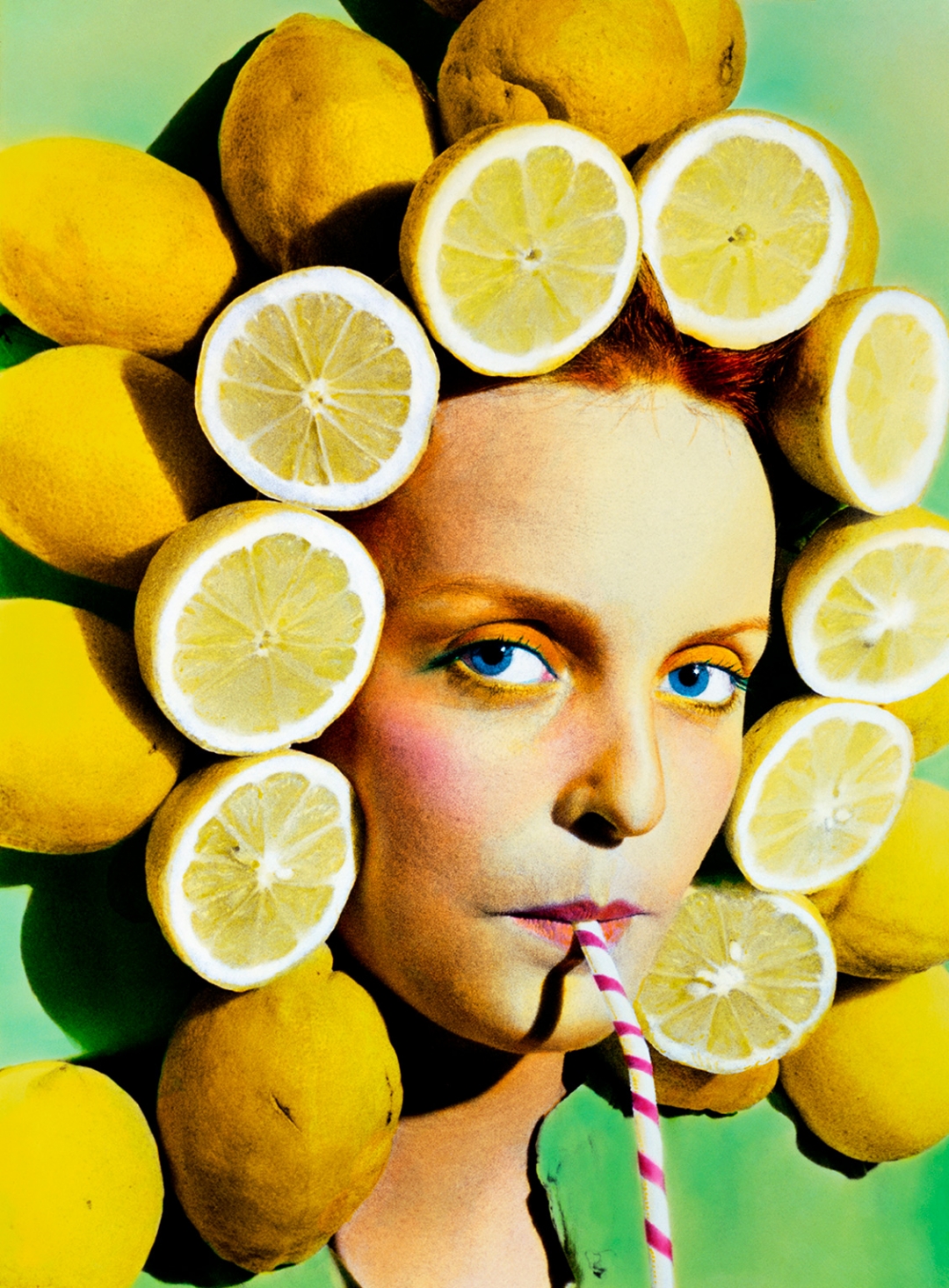La Movida
Portraits of a Revolution

Ouka Leele, Alberto García-Alix, Pablo Pérez-Mínguez and Miguel Trillo star in the photographic exhibition 'La Movida. Chronicle of A Turmoil. 1978-1988', which opens in Barcelona on 17 October.
Utopia and freedom. For Ouka Lele, these two words best summarize La Movida. “We dreamed of being artists, we weren’t quite sure in what discipline, but we were clear that art was our thing. We all influenced each other and helped each other. We preferred to learn from what was going on in the streets and from our friends rather than from the education system,” the artist says.
After several decades of dictatorship and ostracism, Spain’s transition involved a new generation fascinated by modernity and new ideas, which arrived via artists in diverse domains: music, fashion, cinema, painting, and photography. This cultural heyday was different from that of other European cities in that it was connected to every-day life. Art was life, and La Movida, according to Pablo Pérez-Mínguez, one of its leading figures, "bore the magic of surprise."
“Pablo Pérez-Mínguez was its face. We all participated of his open studio. Thanks to him, I took my first steps in the art world,” says Ouka Leele. Alberto García-Alix recalls that “at the beginning, he was more interested in motorcycles than in photography, until he got into the world of black and white processing and began working wonders.” Miguel Trillo says Pérez-Mínguez wasn’t one of the first people he met, but that they all eventually did because they went to the same places, “to clubs such as Rock-Ola and El Penta.”
Ouka Leele, Alberto García-Alix, Pablo Pérez-Mínguez and Miguel Trillo star in the exhibition La Movida. Chronicle of A Turmoil. 1978-1988, which runs from 17 October to 16 February 2020 at Barcelona’s Fundación Foto Colectania. Curated by Antoine de Beaupré, Pepe Font de Mora and Irene de Mendoza, and co-produced by Foto Colectania and Les Rencontres d'Arles, the exhibition offers a photographic approach to this historical moment, addressing radically different areas and perspectives.
The extraordinary images of the four photographers offer a multifaceted look at the movement—real gems such as García-Alix’s vintage prints, Ouka Leele’s coloured originals, and Pérez-Mínguez’s and Miguel Trillo’s cibachromes.

'Hairdresser', Ouka Leele. © Ouka Leele
In La Movida. Chronicle of A Turmoil. 1978-1988, Miguel Trillo portrays the freedom of the streets and the youth of the moment, grouped into tribes according to their outfits and behaviour. Under the motto “everything goes,” Pérez-Mínguez reflected the impressive, punkish imagery of the most relevant figures of the movement. Ouka Leele's dream-filled, water-coloured painted photographs were the result, according to the artist, of ideas that slowly took shape in her imagination. García-Alix’s first period photographs bear witness to the transformation of the streets and the people inhabinting them. His photograph are the “other” chronicle of the movement, protraying a generation that was also devastated by drugs and AIDS.
The four artists lived La Movida, met up with each other, and each in their own way chronicled it. The exceptional nature of the photography of that period is precisely their individual contribution, each reflecting the diversity of the worlds they lived, each with a rich photographic personality, delivering a multifaceted look of the movement.
La Movida. Chronicle of A Turmoil. 1978-1988 also showcases a selection of other materials such as vinyl, fanzines and posters, as well as a screening of musical performances, complementing the universe of the photographers with other areas they were linked to, such as music and film.
La Movida was a highly publicized phenomenon from the beginning, one that established a myth. Newspapers and televisions from all over the world came to Madrid to report on what was happening. But beyond being a generational movement sharing an ideology, La Movida was an effervescent, optimistic and eclectic historical moment that has been occasionally accused of being excessively narcissistic and frivolous. That may explain why some have disavowed the movement. However, it would be interesting to approach it differently—as the search for freedom and individuality after a long period of stagnation.
Perhaps the allure of the Madrid Movida, as some of its leading figures claim, can be accounted for as an era in which people encountered each other. Or in the words of Pérez-Mínguez: “whenever three people share a desire to do something together, a movida is born.”






